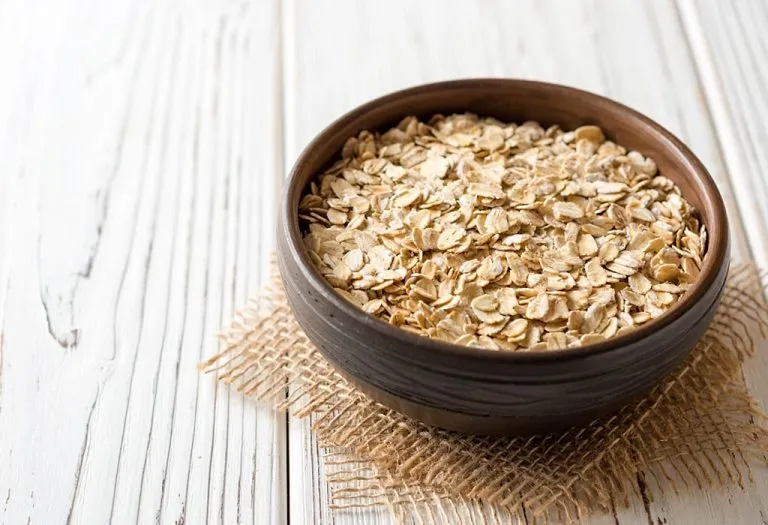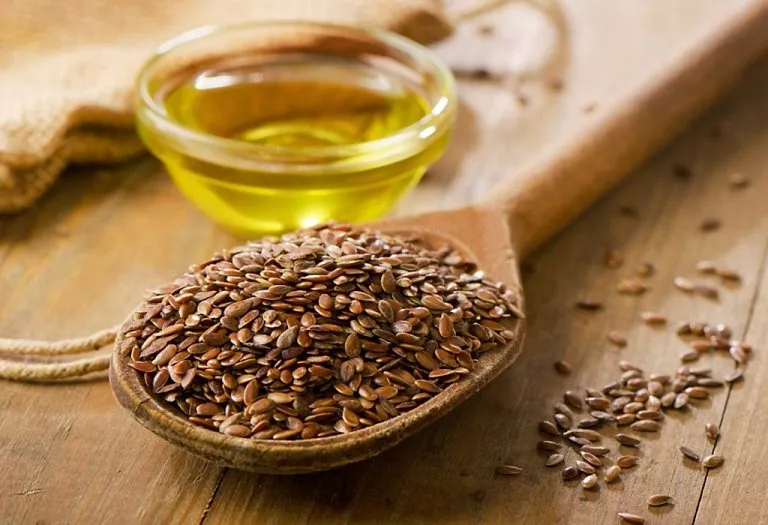Hyperlactation – Causes, Signs, and Remedies

- Video : Oversupply of Breast Milk (Hyperlactation) : Signs, Causes, & Remedies
- What Is Hyperlactation Syndrome?
- What Are the Causes for Oversupply Syndrome?
- Signs of Hyperlactation
- How Can Oversupply of Breast Milk Affect Your Baby?
- How to Treat Hyperlactation
- Can You Continue Nursing With Hyperlactation Syndrome?
Breastfeeding is one of the greatest joys for a new mother. Now that you have embraced motherhood, you must be eager (and nervous) to feed your baby. You want to give the best to your baby, and the best starts with breast milk. But breastfeeding and producing breast milk is not easy. While some women experience difficulty in producing enough milk for the baby, there are other women who may overproduce it. This condition is termed as hyperlactation. If your breast milk supply is more than required, read this article to know its causes and how you can remedy it.
Video : Oversupply of Breast Milk (Hyperlactation) : Signs, Causes, & Remedies
What Is Hyperlactation Syndrome?
Hyperlactation syndrome is a condition that causes a woman’s body to produce excess breast milk. This results in the milk spurting out of the breast with a lot of force and in large amounts. At times, milk begins to leak out of the breast more frequently than it should be. This condition can make it difficult for you to breastfeed your baby properly.
An optimal level of breastmilk production and feeding is a good sign for both the mother and the child to know that he is getting enough milk and the body is producing the right amount, too. Excessive production could lead you to believe that your baby isn’t having enough or the forceful spurting of milk could cause your baby to refuse to breastfeed as well.
What Are the Causes for Oversupply Syndrome?
Not all women face the condition of hyperlactation syndrome, but those who do may experience it because of varying factors. Some of the potential factors responsible for oversupply syndrome are:
1. An Imbalance of Hormones
Milk production is a result of hormones that stimulate the necessary glands to carry out the generation of milk in your breasts. Any change in the levels of these hormones could result in excess production of milk. In some instances, this could be a side effect of medicines too, which affect the hormone levels. And the pituitary gland could end up secreting more hormones than necessary, leading to hyperlactation.
2. Excess Demand for Milk
The process of breastfeeding depends a lot on the feedback it gets from external conditions. As breastfeeding begins and the newborn starts sucking, the body starts to understand the demand on a daily basis and produces the right quantity of milk that’s needed.
However, if you prefer squeezing out breastmilk to be given to your child at night via the bottle or when you’re at work, this could lead your body to be confused with regards to the amount of milk your child requires. Sensing an increased demand for milk, the body will switch to high gears and produce a lot of milk than needed, leading to hyperlactation.
3. The Number of Alveoli Glands
The glands that produce milk in the breast and store it before passing it down to the nipple and consequently to the baby are called alveoli glands. An average number of alveoli glands in a breastfeeding woman tend to be around 1 lakh or so. For women suffering from hyperlactation syndrome, these glands could reach up to 3 lakhs, leading to a lot of milk being produced than required.
4. Overuse of Galactagogue
Galactagogues are food or medicines that help increase breast milk supply. If you’ve been taking galactagogues to stimulate breast milk production and increase breast milk supply because you were facing challenges earlier, they can certainly help solve the ‘breastmilk production’-related concerns. But if you overdo it, i.e., intake of galactagogue in excess can lead to hyperlactation.
Signs of Hyperlactation
To understand if you are suffering from a hyperlactation syndrome, it is necessary to look for an oversupply of breast milk symptoms that can help you reach a conclusion. These are observed both in the mother as well as the child.
1. Signs of Hyperlactation in the Mother
- For the mother, the first and most obvious sign is the sensation of feeling extremely full and heavy breasts. There might even be the possibility of mastitis or having your ducts blocked.
- A woman may have engorged breasts, which can start hurting after a while, leading to milk being leaked out and wetting your feeding bras. While feeding on one breast, the other breast might start leaking milk, too.
- Usually, this mismatch of milk production and demand is seen in most mothers in the first couple of weeks, or maybe one more. Post that, most women find their milk supply to be regulated at the right level.

2. Signs in the Baby
- Most babies rarely react to an excess flow of milk as they may require it. But if the milk begins to spurt out way too fast, a baby may pull away from his mouth and turn away from the breast. Some babies use their gums to chew down on the nipple to stop the flow, which ends up hurting the nipples.
- A baby usually gets confused in case the mother has hyperlactation syndrome. This results in repetitive nursing cycles where the baby will take the breast but then refuse it after a while, and then get fussy about the hunger he feels. The baby may spit out milk while feeding if the flow is too fast. This prevents the child from getting the nice creamy milk which comes later on.
- The baby will either have low weight or end up gaining a lot more weight than is healthy.
How Can Oversupply of Breast Milk Affect Your Baby?
Milk supply in large quantities can result in the baby swallowing a lot of milk in one go, and the baby may end up swallowing air along with it. This can result in the formation of gas in his tummy, which may make him fussy and irritated. You will have to burp your baby so that he can spit up the excess milk. He might even pass gas more often than usual.
How to Treat Hyperlactation
Here are some tips that you can follow to reduce the oversupply of breast milk.
- Avoid pumping right after you are done feeding.
- Adopt the technique to dangle feed your child, which helps regulate supply properly and reduce the chances of mastitis.
- Opt for block feeding. Block feeding involves feeding the baby only from one breast for a couple of hours or longer periods of time. Block feeding is very effective in reducing the milk supply but this method should be tried under the guidance of a lactation consultant.
- Keep a piece of cloth (cold) under your breast to relieve the engorgement.
- Placing leaves of cabbage inside your bra can also take care of milk leaks.
Can You Continue Nursing With Hyperlactation Syndrome?
Absolutely. Nursing the right way is what will finally regulate your milk production and reduce hyperlactation. Make sure you try to stick to a fixed schedule and quantity as much as possible.
Hyperlactation might seem like a boon for women having low breastmilk problems but remember, that excess milk supply is not beneficial for the mother or the child. With a few quick home remedies and the right techniques of feeding and storing milk, your body can start learning the baby’s demands and bring the milk supply back on track in no time.
Also Read: How to Deal with Leaky Breasts

















